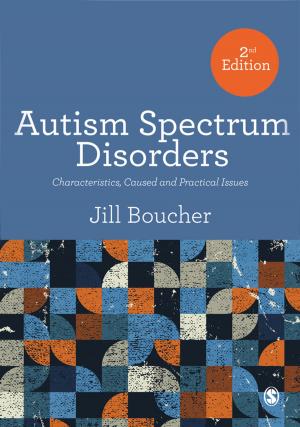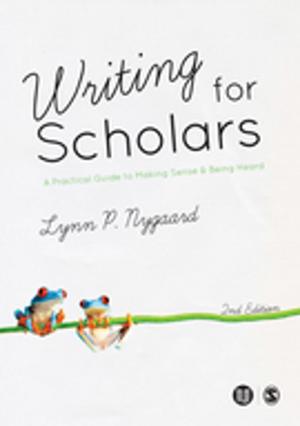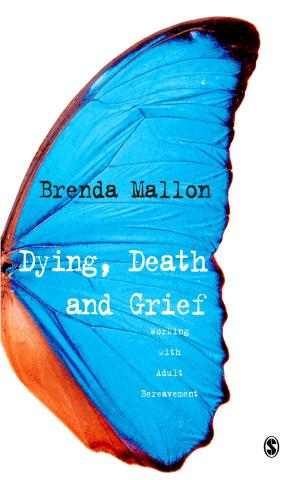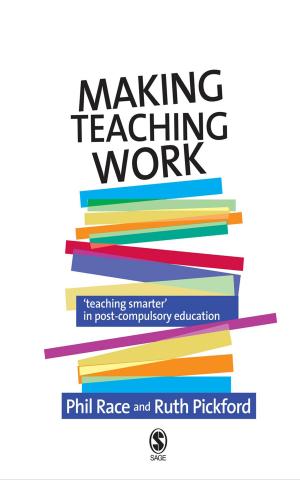Guided Imagery
Creative Interventions in Counselling & Psychotherapy
Nonfiction, Social & Cultural Studies, Social Science, Human Services, Health & Well Being, Psychology, Psychotherapy| Author: | Dr Eric Hall, Professor Carol Hall, Pamela Stradling, Diane Young | ISBN: | 9781446229101 |
| Publisher: | SAGE Publications | Publication: | September 18, 2006 |
| Imprint: | SAGE Publications Ltd | Language: | English |
| Author: | Dr Eric Hall, Professor Carol Hall, Pamela Stradling, Diane Young |
| ISBN: | 9781446229101 |
| Publisher: | SAGE Publications |
| Publication: | September 18, 2006 |
| Imprint: | SAGE Publications Ltd |
| Language: | English |
`I would recommend reading this enjoyable book in which the authors convey practical, creative and compassionate authenticity throughout. I think it will appeal to experienced counsellors, psychotherapists and arts therapists. It will also be a valuable resource to students' - Therapy Today
**`**Hall et al bring many years of practice and academic experience to their material. The book is accessible in its style and makes extensive use of interesting case histories' -Eisteach (Journal for the Irish Association of Counselling and Psychotherapy)
`fascinating scenarios…. a useful book to have - I have really enjoyed reading it' -International Arts Therapies Journal (Online)
Guided Imagery is a unique, practical guide to using imagery in one-to-one therapeutic work with clients. Through numerous examples drawn from their own experience, the authors show how the techniques involved can be integrated into everyday practice.
The authors describe the different processes of using guided imagery and working from a script and show how drawing can be used to augment imagery work. In addition to planned strategies for using imagery, they also show how images which arise spontaneously during sessions can be harnessed and used to enhance the therapeutic process.
The practical strategies and techniques outlined in the book are examined in the context of a variety of theoretical frameworks (the person-centred approach, gestalt, existentialism and psychosynthesis) and research findings. Potential pitfalls and ethical considerations are also explored, making Guided Imagery a useful resource for practitioners and an ideal text for use on counselling and psychotherapy training courses.
`I would recommend reading this enjoyable book in which the authors convey practical, creative and compassionate authenticity throughout. I think it will appeal to experienced counsellors, psychotherapists and arts therapists. It will also be a valuable resource to students' - Therapy Today
**`**Hall et al bring many years of practice and academic experience to their material. The book is accessible in its style and makes extensive use of interesting case histories' -Eisteach (Journal for the Irish Association of Counselling and Psychotherapy)
`fascinating scenarios…. a useful book to have - I have really enjoyed reading it' -International Arts Therapies Journal (Online)
Guided Imagery is a unique, practical guide to using imagery in one-to-one therapeutic work with clients. Through numerous examples drawn from their own experience, the authors show how the techniques involved can be integrated into everyday practice.
The authors describe the different processes of using guided imagery and working from a script and show how drawing can be used to augment imagery work. In addition to planned strategies for using imagery, they also show how images which arise spontaneously during sessions can be harnessed and used to enhance the therapeutic process.
The practical strategies and techniques outlined in the book are examined in the context of a variety of theoretical frameworks (the person-centred approach, gestalt, existentialism and psychosynthesis) and research findings. Potential pitfalls and ethical considerations are also explored, making Guided Imagery a useful resource for practitioners and an ideal text for use on counselling and psychotherapy training courses.















